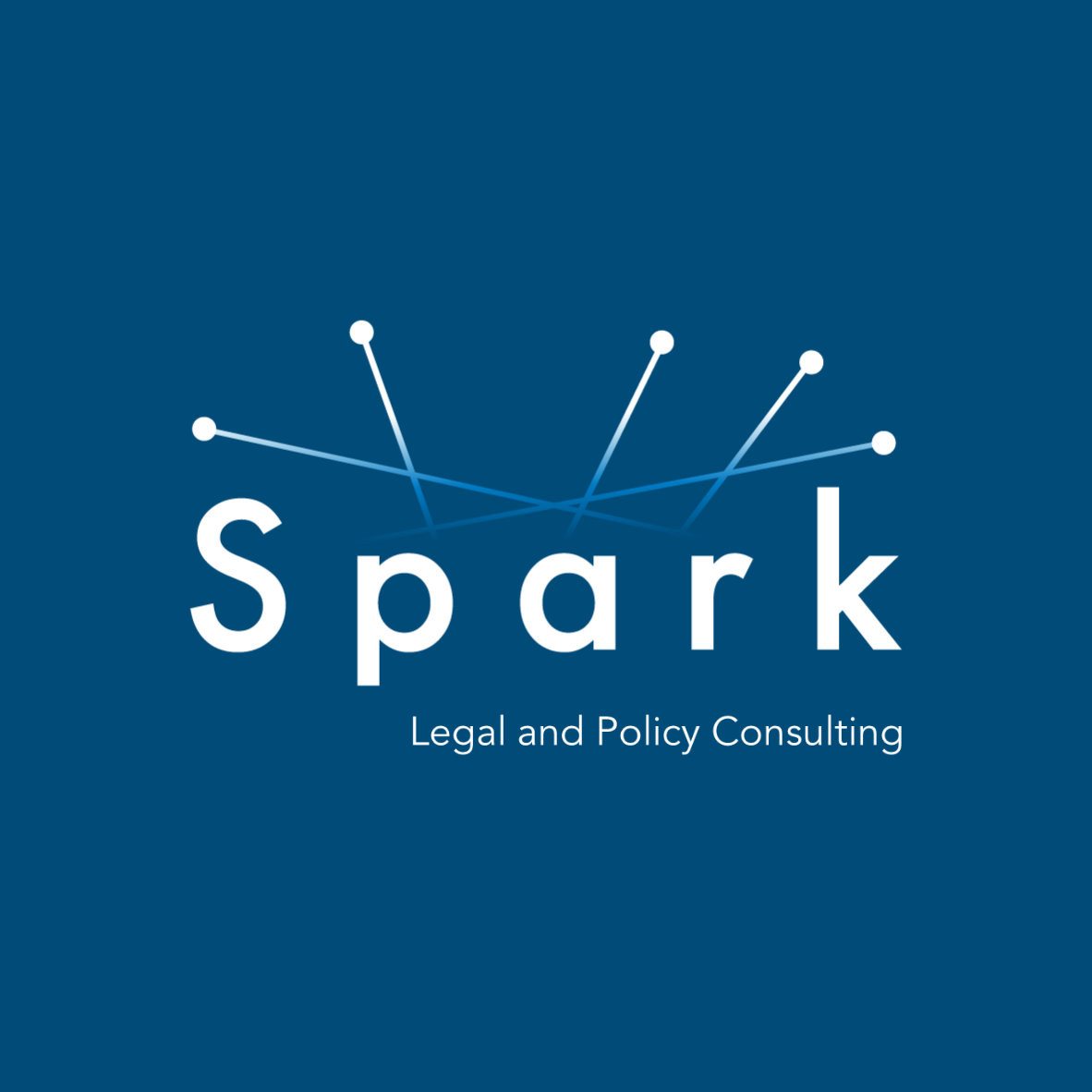Together with COWI, Spark will revise and update the 2017 Notice on access to justice and the 2015 EIA Guidance with relevant case-law developments of the Court of Justice of the European Union
2017 Notice on access to justice
Access to Justice, the third pillar of the Aarhus Convention, is instrumental in empowering citizens and NGOs to ensure environmental procedural provisions are correctly enforced, and that their participatory rights are respected.
Despite this, due to diverging provisions across the Member States, many individuals and NGOs were adversely affected by obstacles to access to national courts. Moreover, public administrations and national courts faced burdens due to litigation centred on issues relating to access of justice, and businesses were negatively affected by delays in administrative decision-making. To remedy this, the Commission adopted the Notice on access to justice in 2017.
The Notice is based on provisions of EU law and the case-law of the CJEU. It is issued as an interpretative communication, bringing together all existing CJEU case-law at the time, drawing careful inferences from it to provide both clarity and a reference source for Member State actors, including national courts, the public (individuals and environmental NGOs) and economic operators.
2015 Guidance on interpretation of definitions of project categories of the Environmental Impact Assessment Directive (EIA Guidance)
The scope of the Environmental Impact Assessment Directive (EIA Directive) is broad, as it applies to both public and private projects which could have an impact on the environment and lists around 200 project categories under its scope.
The Commission document on Interpretation of definitions of project categories of Annexes I and II of the EIA Directive is a key document to reduce uncertainty on the interpretation and scope of certain project categories listed in the annexes of the EIA Directive. It identifies relevant sources of information, such as rulings from the CJEU, relevant definitions given in other EU directives and any other information available. The EIA Guidance serves as a manual to assist competent national authorities and relevant actors to determine whether a specific project falls within the scope of the EIA Directive.
The current version, published in 2015, provides guidance on categories that have been subject to the interpretation of the CJEU at the time, as well as broader considerations on other project categories reflecting discussions between the national experts that were involved in producing the guidance document.
Time to revise and update the 2017 Notice on access to justice and the EIA Guidance
In order to provide the most accurate guidance, the Notice on access to justice as well as the EIA Guidance should be updated with the latest case-law developments since their adoption and publication.
In this context, Spark will collect, summarise and analyse all relevant case-law of the CJEU in the field and update the Notice and Guidance with the relevant jurisprudence.

